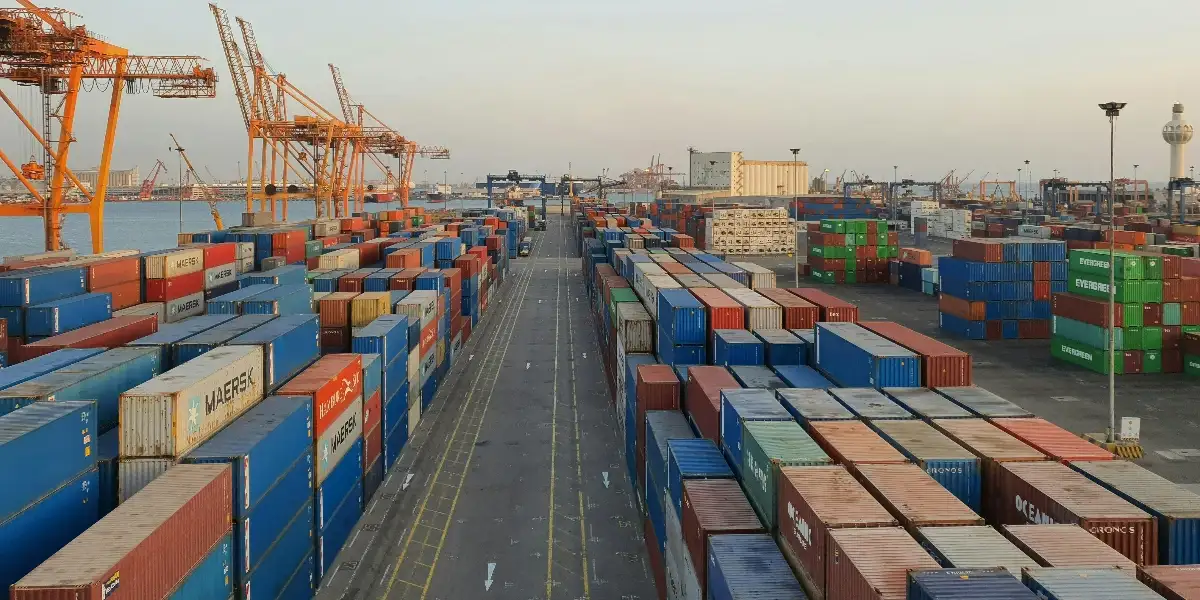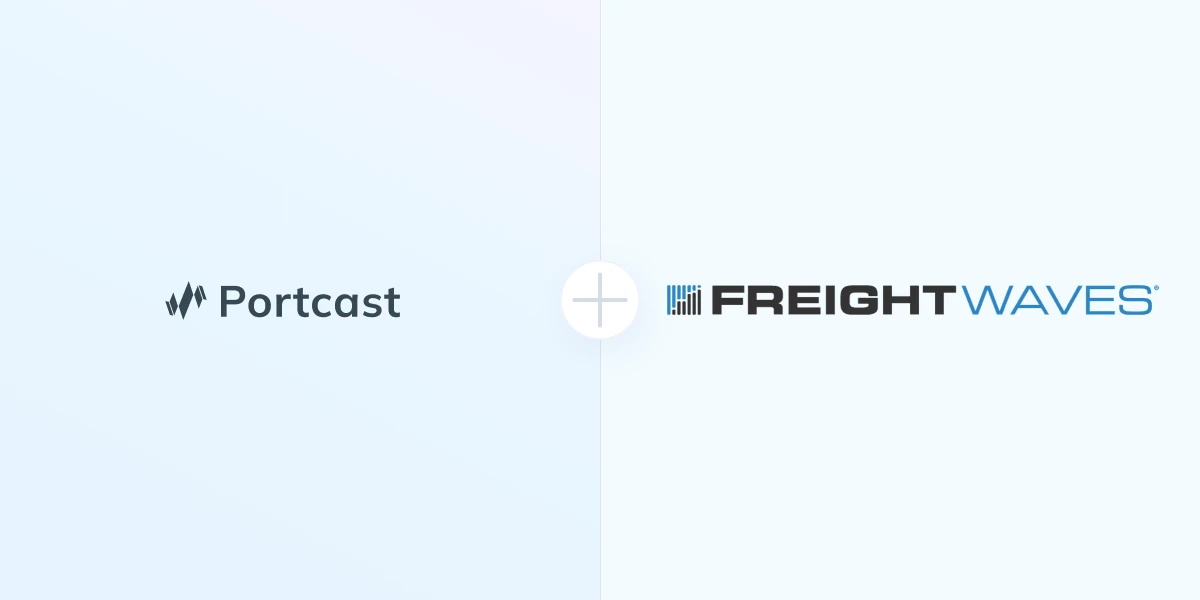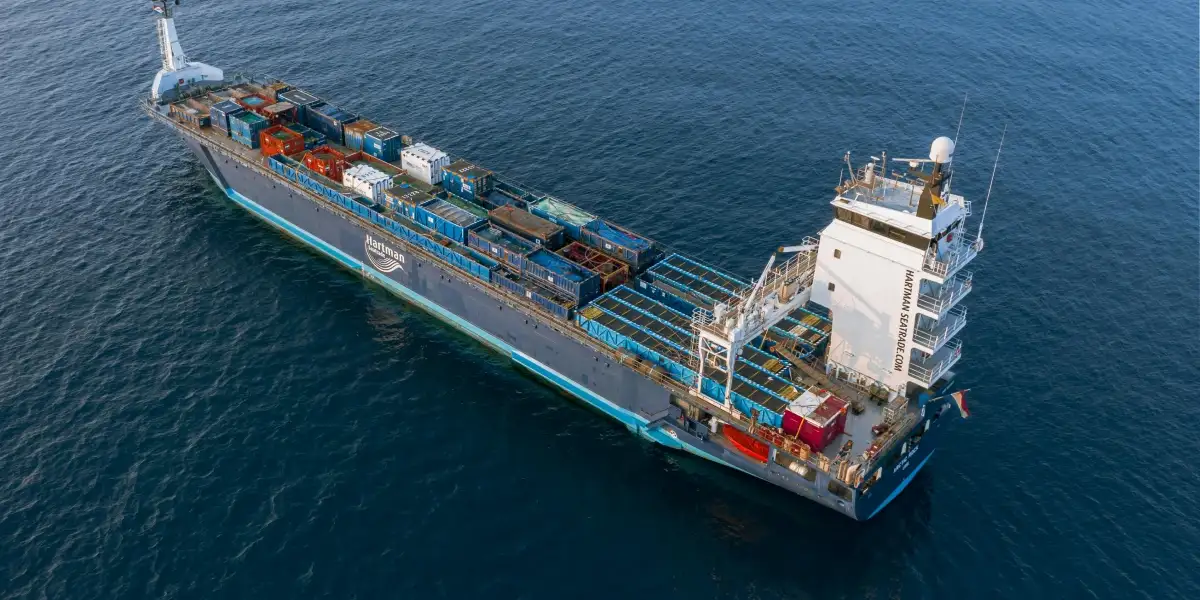Gartner reports that 50% of product-centric supply chains will invest in real-time transportation visibility platforms by 2023.
Why Is Container Tracking Software Increasingly Becoming Popular?
- Lack of accurate and real-time information: The basic information regarding containers that are shared by carriers or forwarders often contains errors and is not updated in real-time. Consequently, customers need to consistently verify and communicate back and forth to ensure accuracy.
- Reactive delay management: It’s a struggle to obtain real-time updates, especially in cases like container rollovers, resulting in delays and hindering the ability to plan and respond effectively.
- Absence of predictive insights: Without predictive Estimated Time of Arrivals (ETAs), downstream planning, including drayage, becomes costlier and reactive rather than proactive.
- Customer dissatisfaction: Responding to constant customer inquiries about shipment status is a labour-intensive process that can erode trust if updates are not provided promptly and accurately. This can lead to customer dissatisfaction and potentially result in customer churn.
- Cost savings: Real-time visibility, including predictive ETAs and terminal visibility, streamlines operations and minimises companies' detention, demurrage, and storage charges by optimising trucking, customs clearance, and container movements.
- Need for improved collaboration: Any shipment involves multiple touchpoints and stakeholders from its source to destination. Real-time transportation visibility platforms (RTTVPs) facilitate better collaboration and coordination among these parties.

Manufacturers, BCOs (Beneficial Cargo Owners), freight forwarders, and logistics service providers have all come to realise the importance of having real-time visibility into ocean container freight. This increasing demand becomes even more pressing whenever a disruption occurs globally.
Whether it's due to a climate change event or a geopolitical incident, shipping supply chains are heavily affected, resulting in BCOs having to engage in reactive problem-solving.
How Does Container Tracking Software Help?
Container visibility software plays a vital role in addressing these challenges by providing accurate and up-to-date information on the location and status of containers throughout their journey. By utilising a real-time container tracking platform, businesses gain valuable insights and benefits that go beyond mere tracking.
One significant advantage of such online container tracking software is its comprehensive overview of all containers in transit, and, at the same time, it allows users to navigate and obtain specific details for individual containers easily. This level of detail empowers organisations to make informed decisions and take necessary actions promptly.
Furthermore, container tracking software offers automated alerts and notifications, enabling users to manage delays and exceptions proactively. By receiving instant notifications, stakeholders can swiftly respond and adjust downstream planning, including efficient drayage services.
.webp)
Top Features Your Container Tracking Software Must Have
In a market flooded with container tracking software, it becomes crucial to distinguish the exceptional from the average. While most solutions claim to offer similar features, identifying the actual standout performers requires a discerning eye. To help you make an informed decision, we have curated a list of essential capabilities beyond basic visibility.
Now, let's explore the essential features that the best container tracking software cannot afford to overlook:
1. Quality of Tracking Data
You can’t make a good decision without good data. The accuracy of container tracking information sets the best apart from the rest.
Critical decisions are made based on the platform's provided information, making data accuracy an absolute necessity. Maritime supply chain data is notoriously complex, with multiple sources introducing discrepancies in frequency, format, and nomenclature. This complexity adds errors to the datasets. Achieving this relies on the platform's proprietary algorithms and the quality of its data processing systems.
It is crucial to look at the platform’s ability in terms of the following:
- Completeness of data: Ensure that all relevant information regarding the containers is captured and recorded accurately by the platform and in a standard format across multiple carriers and NVOCCs. Without complete data, there is a risk of missing critical updates or misinterpreting the container's whereabouts, leading to costly errors in logistics operations.
- Latency in data updates: At least near-real-time updates are crucial for ensuring accurate and current information about container movements. Delays in reporting data can result in missed operational tasks, such as failure to pick up containers from the port, leading to additional costs like demurrage fees.
- Accuracy of data: The platform must employ intelligent data validations and human-in-the-loop quality experts to ensure reliable data. This combination allows for meticulous data verification, ensuring the tracking information presented is accurate, reliable, and consistent.
Refrain from settling for average solutions when precision and reliability are paramount.
2. Carrier Connectivity
Real-time visibility platforms must possess a robust operation for onboarding and managing carriers, along with a strong carrier network on a domestic and international scale. A truly global container tracking solution must offer comprehensive container tracking coverage, encompassing a wide range of vessels as well as barges (5,000+), global ports (1,200+), and global carriers (100+). An added advantage is the capability to handle NVOCCs or freight forwarders' datasets and auto-identify carriers, even in cases where the input data does not explicitly mention them.
Additional tip: It is essential to gain insight into the process of incorporating new carriers into the platform's coverage. Understanding the timelines and feasibility options for adding new carriers helps determine the solution's scalability in the future.
3. Port Terminal Visibility
Although numerous real-time container tracking platforms offer updates on container-level milestones, what truly sets container tracking apart is the inclusion of data related to port terminal visibility. This information is crucial for optimising logistics both upstream and downstream. Here are some benefits that a BCO can gain from detailed terminal data:

- Earliest Receipt Date (ERD) and vessel cutoffs: Staying updated on the window to send your container to the origin terminal allows you to adapt to any changes in your planned delivery schedules and avoid additional costs associated with waiting for the next available slot. Moreover, this timeframe can be strategically utilised to optimise storage fees by comparing them between the warehouse and the origin port.
- Optimise truck planning: To optimise your truck allocation, it is crucial to have precise information about the specific terminal within a port where containers should be sent or picked up from.
- Stakeholder collaboration: Terminal visibility facilitates effective communication of significant milestones, such as container availability for pick-up, appointment dates, and yard locations, with your stakeholders.
- Automate customs clearance: Terminal systems now offer the ability to automate customs clearance by initiating the process as soon as container discharge occurs. With access to terminal data that provides precise information about the discharge timing, BCOs and forwarders can promptly begin the customs clearance process.
- Avoidance of demurrage charges: Terminal data empowers you to monitor your allowance and set alerts for the Last Free Day (LFD) to pick up containers before demurrage charges accrue.
Ensure that port terminal visibility is included in the features offered by your vendor to maximise the benefits of your container tracking solution.
4. Alerts and Notifications
A well-designed container tracking platform prioritises effective communication by providing event notifications and alerts to keep stakeholders informed about critical milestones and changes in container status. It is crucial to seek exception-based alerts and notifications that can be tailored to meet your unique needs. Striking the right balance is essential: too many notifications can overwhelm, while too few can create blind spots. Thus, it is vital to empower your teams to determine the type, frequency, and format of alerts they truly value.
These notifications encompass various vital events, such as:
- Container loading and unloading
- Customs clearance
- Container rollover
- Route deviations
- Pre-arrival notices
- Unexpected delays or risk alerts
- Demurrage and detention alerts or excessive dwell times
Timely alerts empower businesses to promptly address issues, minimise disruptions, and communicate effectively with customers and partners.
5. Reports and Data Insights
An effective container tracking software incorporates cutting-edge technologies like artificial intelligence and machine learning to unleash the potential of data, providing users with actionable insights that drive key decisions with a significant impact on supply chain ROI.
For example, detailed reports on carrier performance and historical data for specific trade routes empower businesses to make informed decisions for the future. Armed with this knowledge, companies can strategically navigate away from risky trade routes or congested ports, exploring more favourable alternatives. These insights not only enhance shipment-related processes but also contribute to overall business profitability.

- Predictive ETAs: The ability to forecast Estimated Time of Arrival (ETA) empowers you to plan container pick-ups, custom clearances, and production schedules precisely.
- Port congestion alerts: Access to timely information about port congestion helps you understand delays and their potential impact. This critical data enables you to optimise trade route planning and minimise disruptions.
- Average transit times: This can provide valuable insights into the duration of shipments and the factors that impact them, enabling more effective lead time planning.
- Carrier analytics: Offers in-depth reports on carrier performance, allowing businesses to select the most suitable carriers for specific trade routes and negotiate contracts more effectively.
6. Seamless Integration
A container tracking platform's ability to integrate with various systems and platforms is paramount. It should effortlessly connect with transportation management systems (TMS), warehouse management systems (WMS), enterprise resource planning (ERP) systems, digital forwarding solutions, and other relevant applications.
Integration empowers efficient data sharing, streamlines workflows, and fosters informed stakeholder collaboration. With a comprehensive integration capability, a container tracking platform becomes a central hub that consolidates data from multiple sources, allowing businesses to make data-driven decisions based on real-time and accurate information. This synergy among systems and platforms not only simplifies processes but also enhances overall operational performance.

7. A Simple, User-Friendly Interface
Prioritise a streamlined, user-friendly interface with a single dashboard to track all your shipments effortlessly. While technological advancements may be impressive, they hold little value if your logistics team struggles to navigate the platform. Tracking a single container on a vessel is one thing, but what about managing multiple containers across various carriers? The ability to track bulk shipments seamlessly, without the need to toggle between multiple tabs, is crucial. Furthermore, the information presented should be crystal clear and easily understandable. It's an added advantage if the platform supports multiple languages, allowing seamless collaboration with international partners.
During your vendor demo, pay close attention to these aspects to assess if the solution truly simplifies your day-to-day container tracking operations. Remember, the more intuitive and user-friendly the interface is, the more inclined your logistics team will be to embrace and utilise it effectively.
8. Real-Time Communication
In addition to offering visibility, reliable international container tracking software should have a medium for communication and collaboration among internal and external stakeholders involved in the shipping process. This means providing a platform that enables the sharing of tracking data and facilitates messaging capabilities within your teams and between your team and your end-customers, all within a single interface.
By eliminating the need for additional communication layers through email or other channels, the platform streamlines the subsequent actions and not just the exchange of information. It ensures that relevant parties stay connected and consecutive throughout the logistics journey.

9. Security and Data Privacy
Container tracking platforms must prioritise the security and confidentiality of sensitive data related to shipment, location, and customer data. Robust security measures, including encryption, authentication mechanisms, and access controls are essential to prevent unauthorised access and data breaches. Compliance with the S-SDLC framework and certifications such as ISO 27001 validates the platform's commitment to information security. By implementing these measures, container tracking platforms ensure data integrity, protection against potential threats, and compliance with legal requirements.
Checklist
Remember to utilise our comprehensive checklist as a valuable resource when evaluating different container tracking software options. It will help you assess and compare the must-have features essential for your business's success in real-time tracking.






